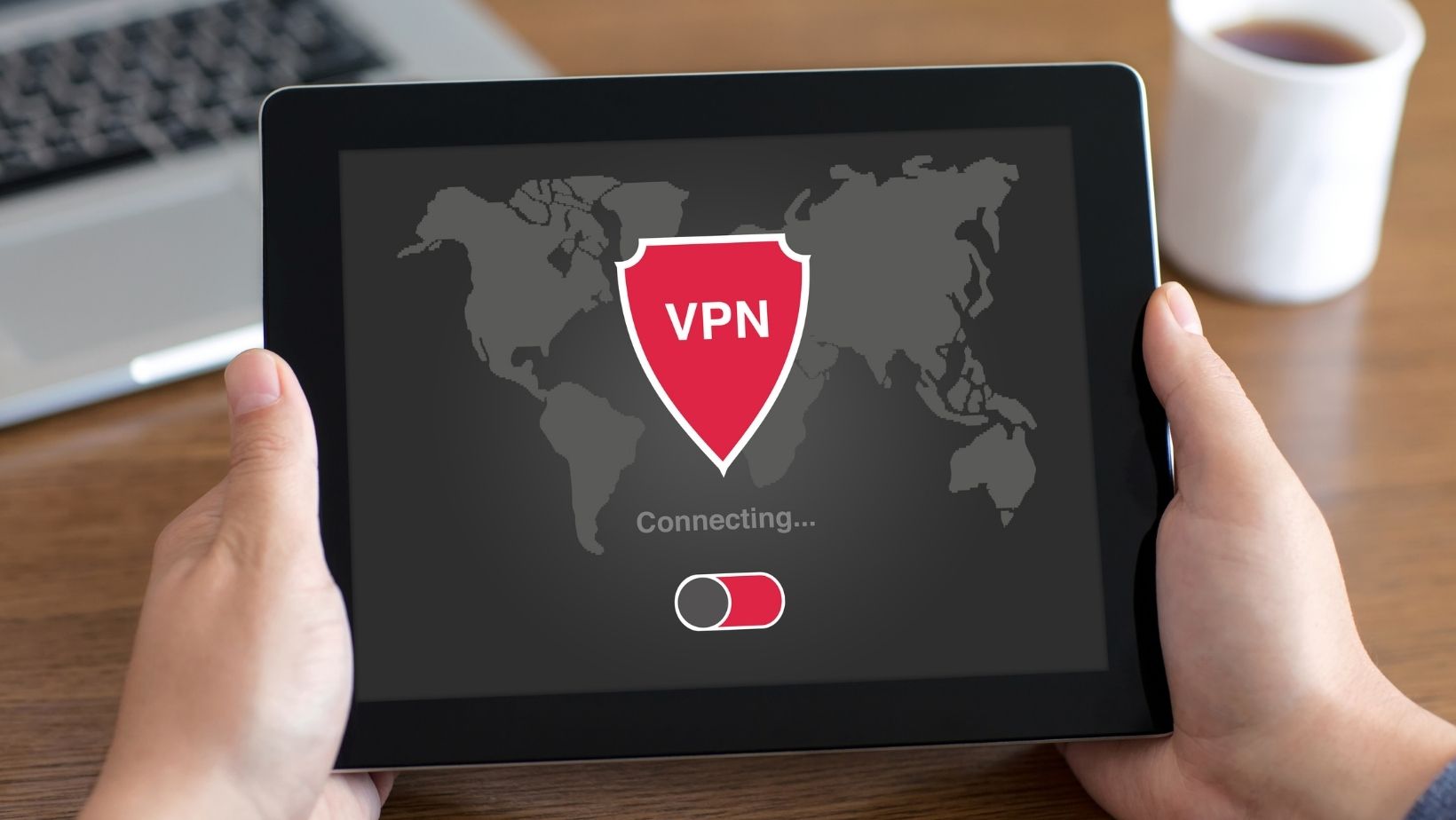The use of VPNs is more and more common now. There are a number of benefits of using a virtual private network like keeping your anonymity while you are browsing, being more secure, accessing sites and content that have geo-restrictions, and many others. Many people don’t even know exactly how a VPN works or what protocols they can use, but this might limit the benefits of having a VPN that they can take advantage of. This is why we will explain the five most common VPN protocols and their use.
Five Most Common VPN Protocols
VPNs can work in two ways:
- Two different protocols are used at the same time — one is to transfer data, and the other is to secure the traffic;
- One protocol is used to do both.
Now when we look into the details of the different protocols, you can choose which setting is better for you.
L2TP/IPSec
Layer 2 Tunnel Protocol is the descendant of the PPTP one, for which we will talk next. It is considered to be one of the fastest protocols, so it is one that is perfect for streaming. So most of the VPNs you will get might be already set to use this one. For example, if you use a free VPN for Amazon Firestick, setting it to use the L2TP protocol will be perfect.
Because first, you will be able to stream whatever content you want from anywhere but still have a very good speed without worrying that the VPN might slow it down in any way. On top of that, you can be sure that you will be perfectly secured if you use L2TP in combination with the IPSec protocol.
PPTP
Point-to-Point Tunneling Protocol has been known to people for a long time and is among the first VPN protocols to be used. It was developed back in the 90s by Microsoft when the dial-up connection was still used. However, since it was developed for older technology, it is normal that it became outdated and lacks some of the functionalities that other protocols have.
One of those aspects was the security since PPTP is not heavily encrypted. Because it is not that well secured, it would mean that the connection through it is high-speed. So, if you decide to go with PPTP, you will have to choose between speed and protection.
OpenVPN
As the name might suggest, OpenVPN is an open-source protocol. This is perfect for people that might want to personalize it and tweak the settings in the way they want to. You can, of course, just with its default setup because this will be more than enough for a regular user. What makes OpenVPN a popular choice is a very good security that it provides.
Now we will say something that might sound like Klingon to you, but it uses AES-256 bit key encryption with 2048-bit RSA authentication and a 160-bit SHA1 hash algorithm. It sounds very complicated, and it might mean nothing to you, so here’s an article that will explain it to you OpenVPN in detail. Something we should mention is that the security features will slow down your connection a bit but not too much.
SSTP
Secure Socket Tunneling Protocol is one of the most used protocols when you want to be really secure. One of the reasons behind this is that it is the best one to use with Microsoft Windows because of its compatibility. Again to show a bit more about the technical side, SSTP uses as certificates for authentication 2048-bit SSL/TLS and for encryption keys 256-bit SSL.
This should show you how secure the connection is. The difference here with OpenVPN is that it is not open-source, and developers can’t modify the code. However, it is a really good choice for people who use Windows and want a secure VPN protocol. The speed will slow down just a bit, but you probably won’t even notice it.
IKEv2
Internet Key Exchange version 2 is regular users’ most commonly used protocol. It is also perfect for streaming and torrenting. The security is also very good since it is paired with the IPsec protocol. So you will remain anonymous, be able to mask your IP and be very well protected.
This protocol is preferred for people on the move because switching between networks and network types is not such an issue. Depending on the VPN client you will use, you can also get this protocol as an open-source option if you prefer to tweak your settings.
Conclusion
Most VPN clients will offer you the five protocols we mentioned or even others, and switching between them is very easy. Depending on if you prefer security or speed, you can choose between the different protocols and their characteristics. Each one of them will provide you with security and the possibility to mask your IP and online activity.

























































































